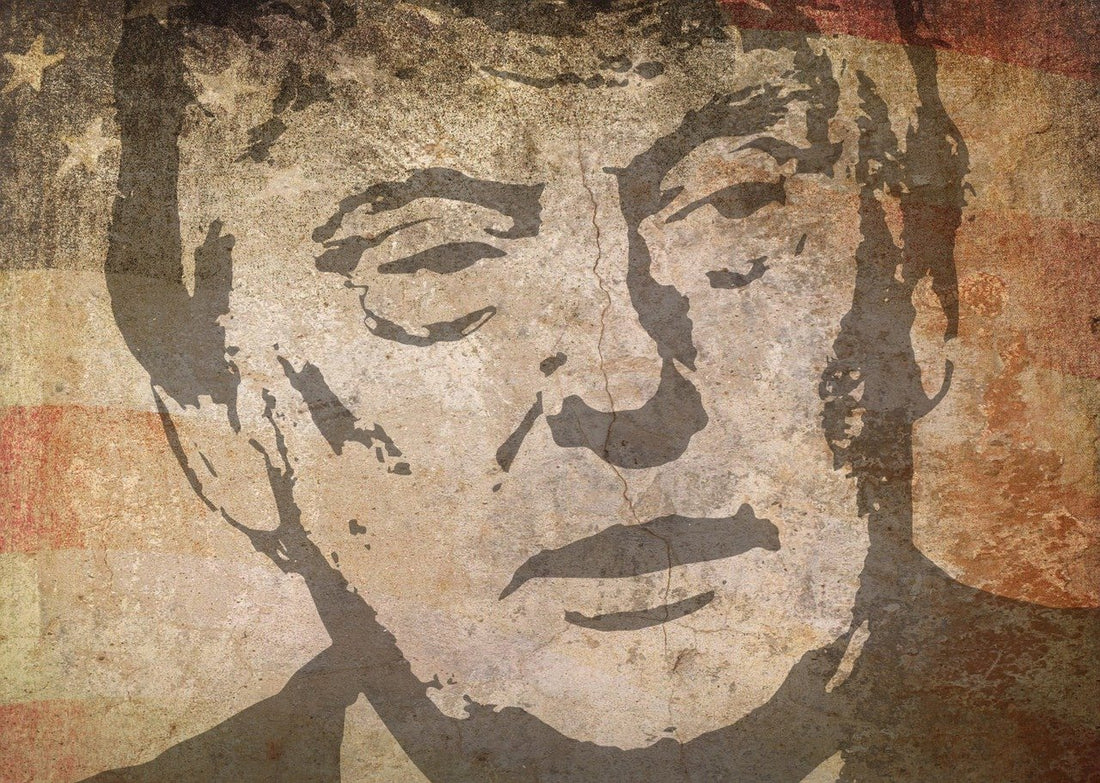
New US tariff agreements with Japan and the Philippines: Trade liberalization or political one-way street?
Share
Last week, the US administration under Donald Trump signed two major bilateral trade agreements with Asian partners: Japan and the Philippines . At first glance, the deals appear to promote free trade—lower tariffs, new investment packages, and growing exchange of goods and services. But a closer look reveals political power games, economic imbalances, and strategically motivated conditions that are unlikely to benefit all parties in the long term.
The deal with Japan: Relief for the stock market, headaches for US manufacturers
The new tariff agreement between the US and Japan stipulates that American import tariffs on Japanese industrial and automotive goods will be reduced from the current 25% to 15%. This gives Japanese manufacturers a significant advantage in the US market – especially in an election year in which Trump intends to showcase his economic successes. At the same time, Japan announced it would invest over $550 billion in US technology projects – primarily in the semiconductor, pharmaceutical, and renewable energy sectors.
Financial markets reacted immediately positively: The Japanese Nikkei stock index rose sharply, and auto stocks like Toyota and Honda benefited directly. But while investors cheered, numerous US automakers voiced criticism. Representatives from Ford, General Motors, and Stellantis warned that the deal undermines the competitiveness of their products. They still have to bear higher costs for steel, aluminum, and parts – which gives Japanese companies a structural price advantage.
Unions like the UAW (United Auto Workers) went even further, calling it a "race to the bottom," a deliberate undercutting of standards in favor of cheaper imports. Particularly critical: Despite the deal, structural hurdles for US vehicles remain in place in the Japanese market. American manufacturers have barely achieved any significant market share there for years, and the deal is unlikely to change that.
The Philippines: Political concessions for minimal relief
Just one day earlier, Trump had already announced another trade agreement with the Philippines. On paper, a planned US tariff of 20% on Philippine exports was reduced to 19%—a purely cosmetic change, but one that the White House hailed as a significant breakthrough. In return, the Philippines committed to importing US goods such as seeds, medicines, and vehicles completely duty-free in the future. This was also accompanied by promises of expanded military cooperation and US investment in infrastructure projects on the islands.
The deal was met with mixed reactions in the Philippines. On the one hand, the partnership with the US is seen as a protection against growing Chinese pressure in the South China Sea. On the other hand, many economic experts fear that the country is slipping into a new form of economic dependence. A tariff reduction of a single percentage point is unlikely to bring any tangible benefits to Philippine exporters – while the US is significantly expanding its economic presence in the country.
It's also controversial that no full text of the agreement has been published. Critics claim it lacks transparency and suspect that the agreement is primarily aimed at geopolitical loyalty—using trade as a means of pressure.
A strategic pattern
Both agreements follow a common pattern: The US secures political influence through economic concessions. In the case of Japan, this occurs through investment and market opening; in the case of the Philippines, through military cooperation and trade advantages. It is striking that both partner countries – albeit for different reasons – had little influence of their own. Japan operates from a position of economic strength, but has high expectations to fulfill. The Philippines, on the other hand, is moving more strongly into a US-oriented camp as a result of the deal, without receiving any significant trade advantages.
For Donald Trump, the agreements are certainly a political win. He can present them as proof that his "America First" strategy continues to deliver results – with investment, jobs, and trade benefits for the United States. It remains to be seen whether these effects will actually be felt across the board – or whether individual sectors, such as the US auto industry, will suffer structural disadvantages.
Outlook: Who will follow – and at what price?
The latest deals send a clear signal to the region: The US prefers strategic individual agreements with selected partners rather than relying on multilateral free trade structures. For countries like Vietnam, Thailand, and Indonesia, this raises the question of whether they should also attempt to negotiate bilateral deals with the US—and if so, under what conditions.
One thing is clear: the balance of power is asymmetrical. While Washington dictates terms, smaller states are forced to make concessions – often at the expense of their sovereignty or domestic political stability. At the same time, pressure is growing to position themselves economically between the major blocs – the US and China.
Conclusion
The new US tariff agreements with Japan and the Philippines are less an expression of global trade liberalization than part of a long-term strategy to secure economic and political power. They bring benefits – especially for the US – and offer partners limited opportunities under clear conditions. Whether these deals remain stable and fair in the long term will depend on how confidently and strategically the affected countries can represent their interests.
